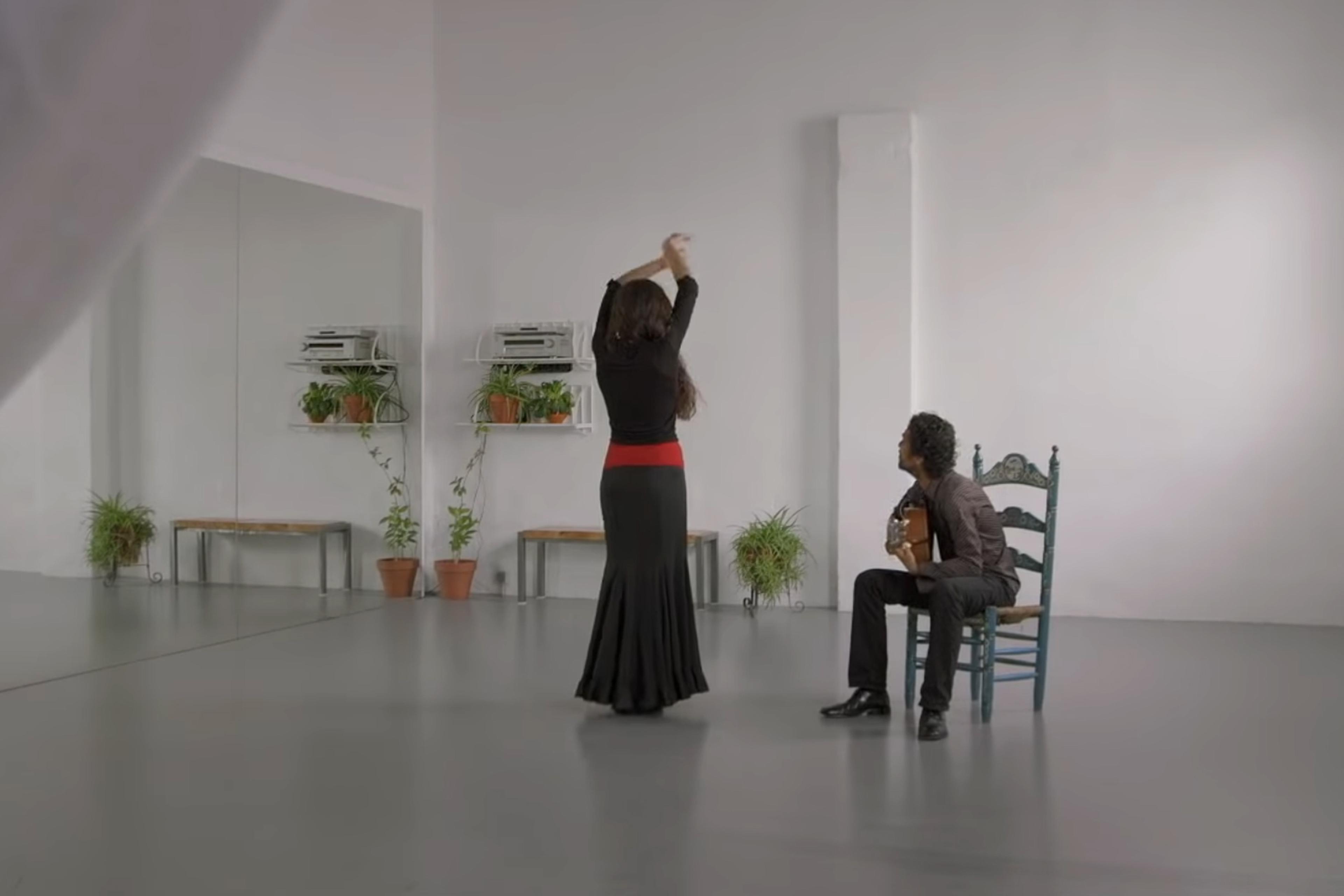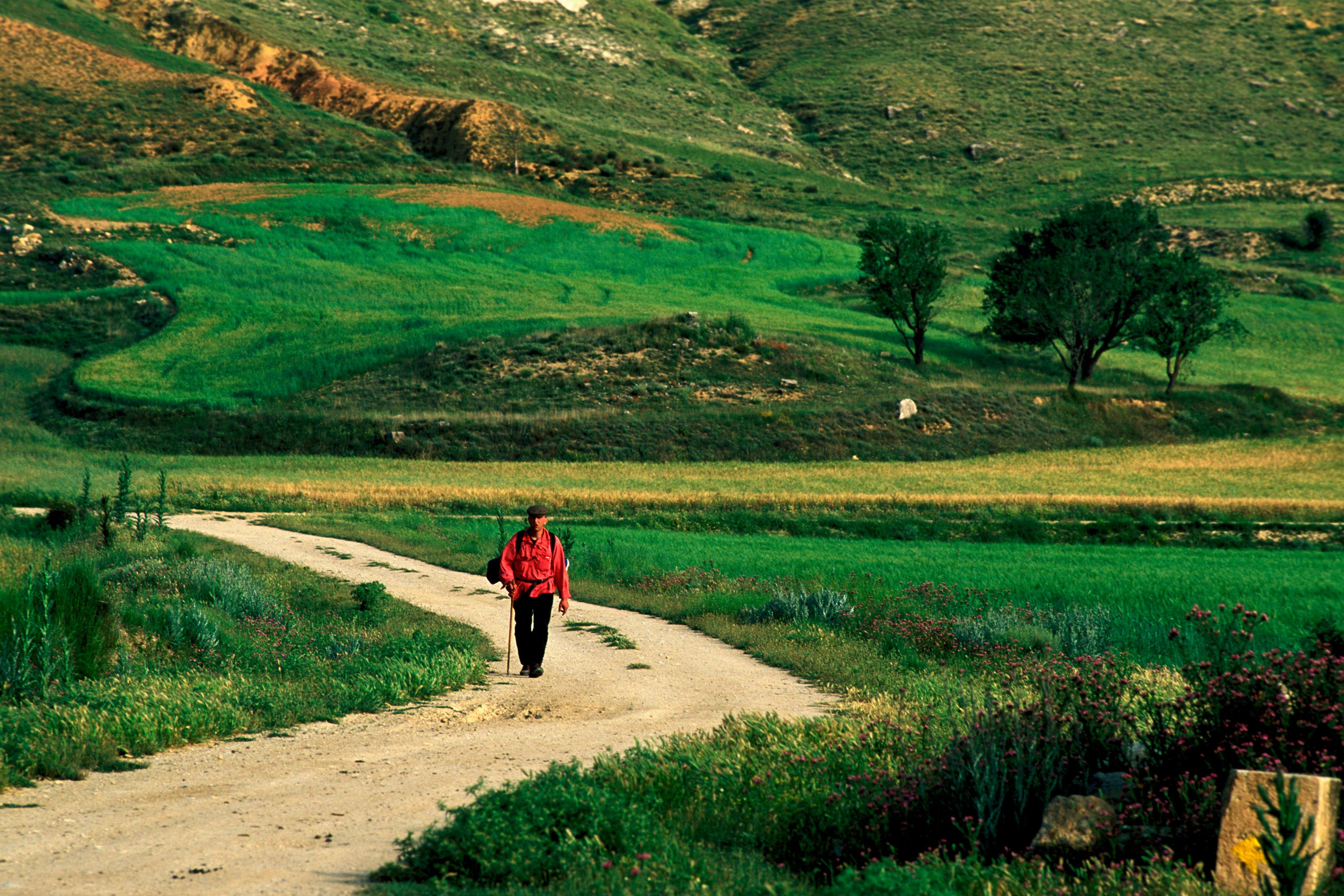Encompassing the eight days between Palm Sunday and Easter, Holy Week in Spain (Semana Santa) is an elaborate festival of spectacle, Spanish culture and, for the devoted, fervent piety. A remembrance of a central tenet of Christian faith – Jesus’ persecution, death and resurrection – the week is characterised by penance processions carried out by Catholic brotherhoods and associations through streets across the country.
In the coastal Mediterranean city of Málaga, home to one of Holy Week’s most historic and famed celebrations, processions feature massive tronos (thrones or floats). Intricately adorned with Christian imagery, some of these structures are so massive that they must be carried by dozens of men who have trained for the task. Along the route – called Via Dolorosa (‘Way of Sadness’) in reference to Jesus’ final walk through Jerusalem – tronos are often accompanied by the sound of military drums and the scent of candles, held by women in tow. Streetside crowds greet them with roaring applause and even the occasional serenade of a mournful flamenco verse.
The grand, arresting scene draws hundreds of thousands of tourists – faithful and secular – each year. This makes the Dutch director Menno Otten’s decision to focus only on the faces and movements of a single group of trono-carrying men in his short documentary Via Dolorosa (2013) an intriguing one. In doing so, he draws attention to the festival as an intense religious ritual – one in which the penitents, with great strength and intense discipline, briefly embody the sacrifice at the centre of their faith.
Through intimate close-ups dramatically lit by streetlamps, Otten and the Dutch cinematographer Lennart Verstegen capture expressions of pain, solemn reflection and spiritual elation. The weight of the trono and the moment are only hinted at by the grimaces of the men and the noise of the crowd. Despite the narrow perspective, there’s a sense of the group as a whole, as the men lift, shift and shout anthems in choreographed unison. Ultimately, this unique framing provides an impression of the participants as occupying both physical and spiritual spaces, within themselves and as a part of something greater, amid a transcendent moment.
Written by Adam D’Arpino







